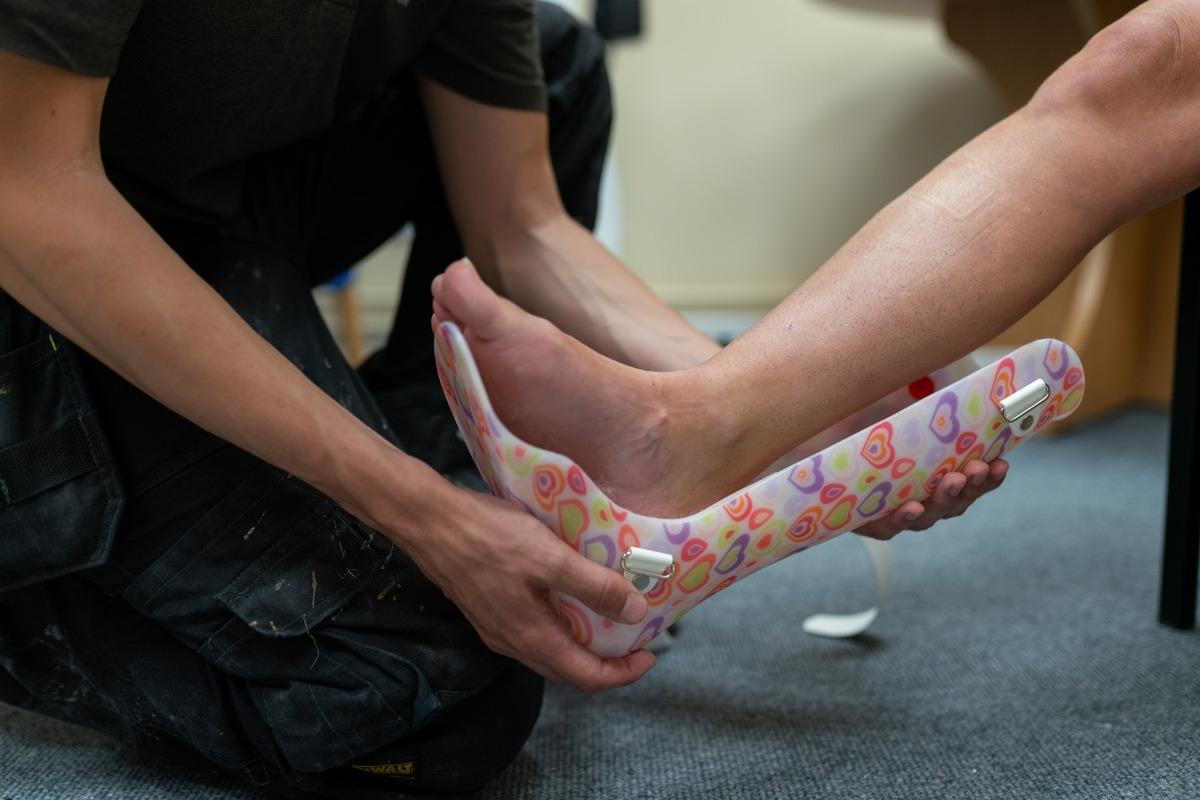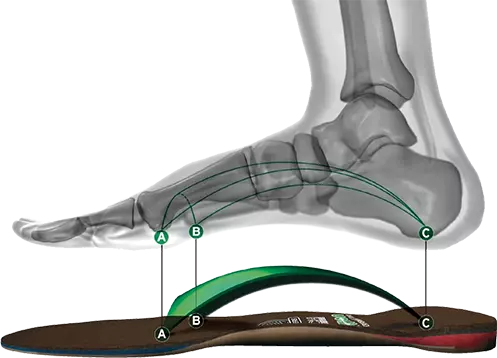Adjusting Ski Boots for Comfort Lyons CO
Adjusting Ski Boots for Comfort Lyons CO
Blog Article
Ski Boot Fit for Advanced Skiers Westminster CO
Cold feet in ski boots is a typical issue faced by skiers, affecting their comfort and overall performance on the slopes (D.I.Y. Boot Fitting Part 1 Guide Superior CO). Warmth is crucial for an enjoyable snowboarding expertise, and cold ft can diminish the thrill of gliding down a snow-covered mountain. Understanding the explanations behind cold toes in ski boots and methods to combat it could possibly make a major difference in your skiing adventures
Ski boots are designed to supply the support needed for skiing however may also be a source of discomfort. A tight fit, whereas essential for control, can limit blood circulate, resulting in chilly feet. This is especially true if the boots are too small or not properly fitted. Ensuring that ski boots are the proper size is step one in preventing cold toes.
Boot Fitting Methodologies to Consider Lafayette CO
Another issue contributing to chilly ft in ski boots is moisture. When your feet sweat contained in the boots, that moisture can lead to a chilling effect because the temperature drops. Skiing typically entails high vitality expenditure, and the heat generated inside the boots can shortly be misplaced as sweat accumulates. Using moisture-wicking socks or boot liners can significantly alleviate this problem.
Insulation in ski boots performs an important function in keeping toes heat. Many boots come with varying levels of insulation, and the selection of material can affect how nicely they retain heat. Insulated boots are designed to keep heat in, but choosing the proper level of insulation based on the local weather and individual preferences is important. Some skiers favor additional layers, whereas others might discover thicker liners too constricting.

Choosing the best socks is just as essential as selecting the best boots. Thick, cumbersome socks can impede circulation, leading to cold toes in ski boots. Opting for thin, high-performance ski socks produced from supplies designed to wick moisture can help hold feet warm. Additionally, keep away from cotton socks as they retain moisture and contribute to cooling down.
Another often-overlooked facet is how one attire for a ski outing. A comprehensive layering system is vital. For ski trips, keeping the whole body warm ensures that extremities, just like the toes, stay warm as properly. Investing in high quality base layers, mid-layers, and outerwear can help optimize body temperature and circulation.
Evaluating Ski Boot Fit Effectiveness Arvada CO
Using foot warmers or heated insoles could be significantly efficient for those prone to chilly toes. These gadgets provide a further heat supply and can be found in numerous forms, from disposable chemical warmers to rechargeable battery-operated choices. They may help delay comfort throughout the day on the slopes.
Adjusting the method in which you fasten your boots can even make a major distinction. Ski boots must be snug however not overly tight. A too-tight fit can constrict blood move, resulting in chilly toes. Learning the way to properly adjust the buckles may help obtain a comfortable fit that balances warmth and performance.
Take notice of how long you spend standing still versus skiing. Cold ft are often exacerbated by inactivity. During breaks or whereas ready in lines, toes have a tendency to chill down considerably. Making an effort to maintain shifting, even when ready, might help maintain warmth.
Comfort Versus Precision in Boot Fitting Thornton CO
Plan your breaks properly. When taking a break, find a heat spot to relaxation. Stamping your toes or doing easy workout routines can hold your blood circulating and forestall chilly toes in ski boots. Remaining conscious of your physique's temperature can guide timely interventions to maintain heat locked in.
Remember that choosing the right ski resort and conditions can even affect how chilly ft really feel. Some places are known for his or her biting winds and decrease temperatures. More protected ski areas with sunnier circumstances can provide a better skiing experience. Thus, the choice of skiing location can not directly affect how chilly or heat your toes feel throughout the day.
Finally, staying hydrated is essential. When the body is well-hydrated, circulation improves, which is essential for maintaining heat. It’s simple to neglect to drink water while involved in actions, particularly in cold weather, however making a aware effort to stay hydrated can have important advantages.

Addressing cold feet in ski boots often involves trial and error, adapting gear and strategies to search out the right solution for particular person needs. Every skier is different, and what works for one person may not work for one more. It’s essential to experiment with varied socks, boot types, and layering strategies to find the simplest combination for oneself.
Preparing for Outdoor Boot Fitting Nederland CO
Ultimately, having fun with skiing to the fullest requires consideration to the little issues that impact comfort and performance. Understanding the causes of cold toes in ski boots and implementing methods to stop it could remodel a cold ski day into an exhilarating experience. By keeping toes warm, skiers can give attention to soaking in the great point about the mountains and the joys of the ride.
Cold ft should not be a recurring challenge however rather a possibility for skiers to refine their setup and techniques. Emphasizing warmth and comfort ensures a extra pleasant day on the slopes, allowing for longer and more fulfilling runs. Each skier can take proactive steps to mitigate the chill, turning snowboarding into a joyous winter journey quite than a battle against the chilly.
As the season unfolds, do not forget that snowboarding is about enjoying the mountains, the recent air, and the joy of gliding on snow. Keeping cold toes at bay enhances every side of the experience, allowing for a focus on approach and enjoyment somewhat than discomfort.
The Importance of Proper Boot Fit Firestone CO
Finding joy in snowboarding is possible by addressing every little thing from boot fit to sock selection, layering, and hydration. By prioritizing these parts, skiers can guarantee they have the correct measures in place towards cold toes, allowing each journey down the slope to be as exhilarating as meant.
- Proper fit of ski boots is essential; too much room can lead to chilly ft because of insufficient blood circulation.
- Insulating footbeds made from supplies like gel or specialised foam can enhance warmth by offering thermal safety.
- Toe warmers or heated insoles are efficient equipment to fight cold toes, particularly in extremely low temperatures.
- Keeping ft dry is essential; moisture from sweat can result in important cooling, so moisture-wicking socks are recommended.
- Choosing the best socks, usually made from merino wool or artificial blends, can considerably improve warmth and luxury.
- Periodically taking breaks permits for foot movement and circulation, serving to to alleviate numbness and improve heat.
- Ensure that ski boots usually are not overly tightened, which can prohibit blood circulate and contribute to chilly sensations.
- Tuning the boot’s insulation level based mostly on climate conditions can maintain feet warmer; think about fashions with adjustable options.
- Using ski boot heaters or foot warmers can provide a consistent supply of warmth during long outings on the slopes.
- Familiarizing oneself with layering methods for ski gear also can help in preventing chilly ft by sustaining general physique warmth.undefinedWhat causes chilly feet in ski boots?
Common Boot Fit Issues and Fixes Brighton CO
Cold feet in ski boots is typically caused by poor circulation, inadequate insulation, or moisture inside the boot. If your toes are chilly, it may mean your boots are either too tight, not warm sufficient, or not fitted correctly.
How can I forestall chilly toes whereas skiing?
To prevent cold feet, ensure your ski boots fit properly without being overly tight. Use moisture-wicking socks manufactured from wool or synthetic materials, and consider boot heaters or heated insoles for added warmth.
Boot Fit Testing Before Purchase Louisville CO
Are ski socks essential for maintaining my ft warm?
Yes, ski-specific socks are designed to offer heat whereas allowing moisture to escape. They are typically thicker around key areas like the toes and shin, enhancing insulation without compromising comfort.
Is it okay to wear two pairs of socks in ski boots?
Wearing two pairs of socks can truly prohibit circulation, leading to colder ft. It’s better to choose a single, well-fitted moisture-wicking sock designed for skiing.
Custom Fit Boot Liners Overview Arvada CO
What should I do if my ft get cold while skiing? (Boot Fitting Innovations in the Industry Lafayette CO)
If your feet turn out to be chilly, take a break to heat them up. Remove your boots for a couple of minutes, wiggle your toes, and think about including foot warmers or shifting to a hotter surroundings, if potential.
Understanding Pressure Points in Ski Boots Loveland CO
Can boot liners assist with cold feet?
Yes, high-quality boot liners can significantly improve insulation and warmth. Consider custom or heat-moldable liners that conform to your foot, enhancing each comfort and thermal administration.
How important is boot fit in preventing cold feet?
A proper boot fit is crucial for stopping cold ft. Boots ought to be comfortable but not overly tight, allowing for good circulation while keeping warmth contained. Poor fitting can lead to pressure points, restricting blood move.
Preparing for Outdoor Boot Fitting Erie CO
Do the type of ski boots affect warmth?
Absolutely. Insulated or high-performance ski boots typically present higher thermal safety. Research the particular options of trainers, as some models prioritize warmth along with performance.
Optimal Fit for Ski and Snowboard Boots Erie CO
Should I be concerned about moisture in my ski boots?
Yes, moisture can contribute to cold feet. Always dry your boots thoroughly after every use, and think about using waterproof boots or gaiters to keep snow and moisture out while skiing.
What are some signs that my ski boots are too tight?
Bootfitting Options for Skiers Loveland CO
Signs that your ski boots are too tight embody tingling or numbness in your toes, chilly ft, or noticeable discomfort when carrying them - Ski Boots: Analyzing Fit Specifications Golden CO. If you expertise any of these, consider getting an expert fitting or adjusting the boot dimension
Web Site you can try these out Report this page